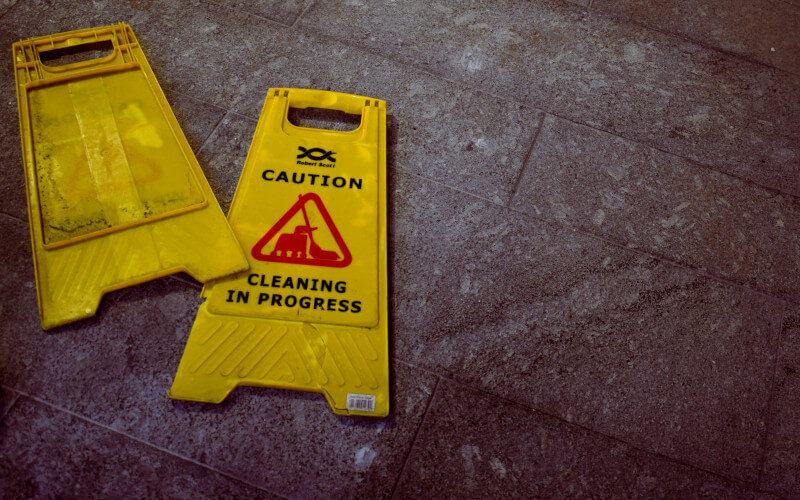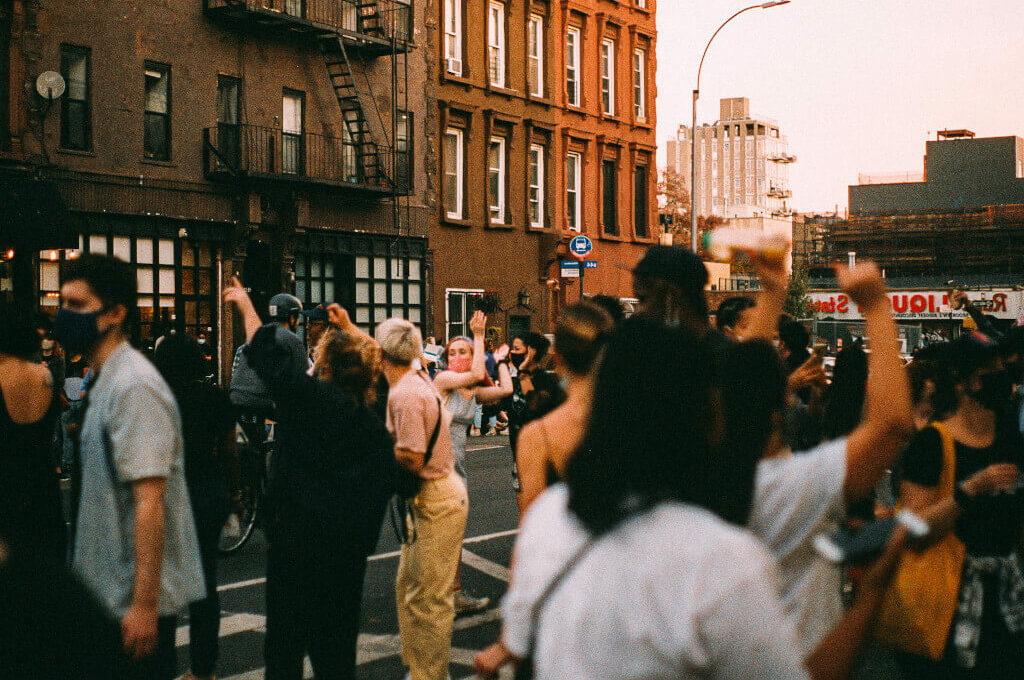Unusual working conditions may arise due to production. Fistfights, explosions, crashed cars, or even someone putting themselves on fire are all possibilities during a typical day on set. That’s just for Tuesday, too!
Filmmaking is an inherently dangerous profession, thus protecting everyone on set should be an absolute must. Because of this, the information presented here will serve as a guide for ensuring the safety of the production’s cast and staff. We will explain how to implement sound safety procedures, find qualified safety personnel, and reduce potential dangers.
Why is It Crucial to Have Proof of Safety Certifications?
Safety certifications are widely recognised as an essential part of the backbone of any industry’s safety system. They represent a standardized benchmark for competence. They verify an employee’s ability to work safely or to ensure the safety of others in the workplace. Workplace conditions can be improved with the use of safety certifications. Industries can limit the frequency of typical workplace dangers or accidents by requiring personnel to be conversant with particular standards.
However, the production sector has few mandatory safety certification standards. While certificates are becoming increasingly common in the industry, some unions still require crew education for individuals on their roster. They are optional unless certain conditions are met.
In addition, no OSHA standards or designated safety officer requirements exist at this time for a functioning set in the United States. Production workers’ safety is a shared duty between individuals and the various unions and guilds in the sector. The greatest method to guarantee a risk-free set is to develop a comprehensive safety plan in advance of production.
How Do You Make Sure Your Set is Always Secure?
Security in manufacturing is a major concern. Every decision has an underlying safety consideration, whether it’s the planning of daring exploits or the construction of a routine. The good news is that Hollywood has been creating films for a while, so established standards have had time to evolve. Here are seven measures you can take to ensure everyone on set is safe during your next production.
Hire Crew That Takes Precautions Seriously on Set
Hiring crew members who consistently put safety first is one of the most efficient safety initiatives you can take since safety depends so much on individual accountability.
Hold Daily Safety Meetings

Vigilance is the key to security more frequently than anything else. Accidents are less likely to happen to people who are aware of their surroundings.
The First AD and Key Grip Are the Ones Who Kick Things Off
The 1st Assistant Director is in charge of everything on set, making them the de facto safety officer. They can most effectively organize and relay information to the team to lessen potential dangers.
When it comes to security, though, the Key Grip is final. Since they are in charge of stands, flags, and other rigging materials, the grip department has the most say over the physical aspects of a set. The Key Grip’s primary duty is to serve as the team’s leader. If a Key Grip believes that a production decision could threaten the cast or crew, they have the right to veto that decision. While a cautious 1st AD and Key Grip lay the groundwork for a trouble-free production, more precautions should be taken. When on the job, all crew members must put safety first.
The best way to achieve this goal is to choose managers who share a commitment to safety. Everyone from the HMU to the catering staff, the Gaffer, and the Production Designer falls under this category. It’s more probable that the remainder of your staff will prioritise safety if all of the department heads do.
Have a Trusted Third Party Handle All Necessary Safety Certifications and Training
If a crew member needs to get licensed, certified, or undergo specialised training, make sure that they can do so through a reliable entity. If the certification assures a sufficient level of professional ability, then it is relevant.
Before Receiving Licenses, Reputable Institutions Check That the Recipient Satisfies Uniform Requirements
If you needed to hire a semi-truck driver, you wouldn’t send your ad to a civilian driving school, would you? Rather, you would seek out candidates who hold commercial driver’s licenses (CDLs) from their respective states’ DMVs. You’ll likely collaborate with Teamsters members in the film industry.
Contract Services also offers support for meeting many types of safety certification requirements as well as other legal and regulatory benchmarks. The production industry’s contract workers can all operate to the same safety standards thanks to their Safety Pass training program.
Conduct a Shoot Risk Assessment

Assessing potential dangers is a crucial step in keeping your production safe. Before an issue may arise, you must investigate potential entry points. You should do a risk assessment before each shoot by carefully considering the parameters of your production. Is it necessary to record risky stunts? Will you be making use of significant tools? Is there a long stretch of overnights on your schedule?
- Potential problems on set can be mitigated with some forethought.
- More time for training could help your stunt team prepare for the risks they’ll face on set.
- Heavy machinery poses unique dangers, therefore it’s prudent to staff up on days when it’ll be employed.
- You may want to rearrange your filming schedule to provide your crew with more downtime to recover from the effects of staying up all night.
- There could be a million different things that could go wrong while filming.
- Create a plan to reduce the risk of illness and injury and put it in writing.
Key safety rules and regulations should be easily accessible to the whole cast and crew. Fire exits, medical facilities, and other critical information may be marked on maps and made available in case of an emergency. This data should be transmitted electronically with your call sheet and made available on set.
Have a Conversation With the Crew About Set Safety
The production holds a daily safety meeting at which the actors and crew can discuss any issues or changes to the day’s safety plan. It’s a simple method of keeping everyone informed and resolving any pressing issues at once.
Warnings Can Be Issued Verbally Regarding Any Potential Dangers, Including Those Posed by Equipment or the Environment
The time spent in a safety meeting is minimal. Taking even just a few minutes at the beginning of each shooting day can greatly lessen the dangers to which your production is exposed.
Ensure That There is Enough Crew on Set for Each Day of Filming
Always have a specialist on hand when dealing with atypical shooting needs. The greatest technique to ensure one’s safety is virtually always outlined by guidance and experience. The participation of a competent expert is often mandated by law.
Hiring a police inspector for the day, for instance, is necessary if you need to close a road to film a car pursuit. Hiring a fire marshal is a need if you plan on doing any serious work involving pyrotechnics (aka explosives).
However, the same holds for less apparent cases. A fight coordinator is someone who helps ensure the safety of everyone involved in the filming of a fight scene. An animal wrangler is required if you plan on using animals in your shoot. An intimacy coordinator is useful when filming a scenario that requires close personal interaction.
Let an experienced stunt driver seize the wheel if you need to film a car crash. Pros can teach you to fire more accurately and swiftly. While they may appear pricey when creating a budget, the assurance and calm they provide are priceless when it comes to putting on a safe show.
Be Ready in The Case of an Injury or Accident
Even if every precaution is taken, an accident can still occur. This is why contingency plans are essential for any production. Get the correct kind of insurance for your production first. Having sufficient insurance protects your workers and your production firm financially in the event of an accident. Insurance is there to help you pay for things in case the worst happens.
Insurance for your tools and employees’ medical costs are mandatory. However, each shoot will call for a unique combination of coverages. For instance, drone insurance is only necessary if you want to fly a drone.
Second, gather all required papers and permissions before shooting begins. Your production firm can rest easy knowing that this step has been taken. This reduces potential legal repercussions. Having the proper documentation also helps the cast and crew in the event of an accident by speeding up the insurance payment procedure.
Safety Conversation Is Not Always Easy
Safety isn’t always comfortable. However, it must remain a production’s primary focus at all times. Keep in mind that adhering to some basic safety procedures could determine whether or not your shot goes off without a hitch or causes serious harm. Consider security as an investment in your future peace of mind. It helps you avoid spending money on things you don’t need. Careful planning and some good fortune should save you from ever needing to file a claim on your production insurance.

